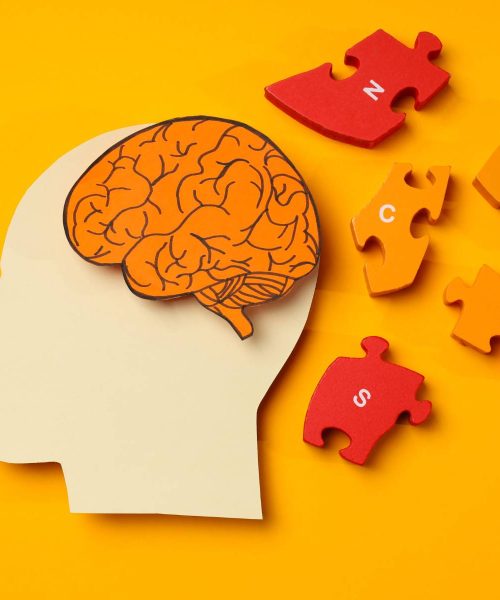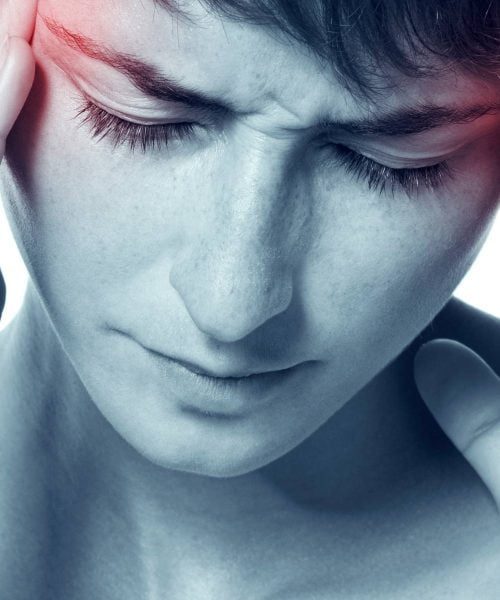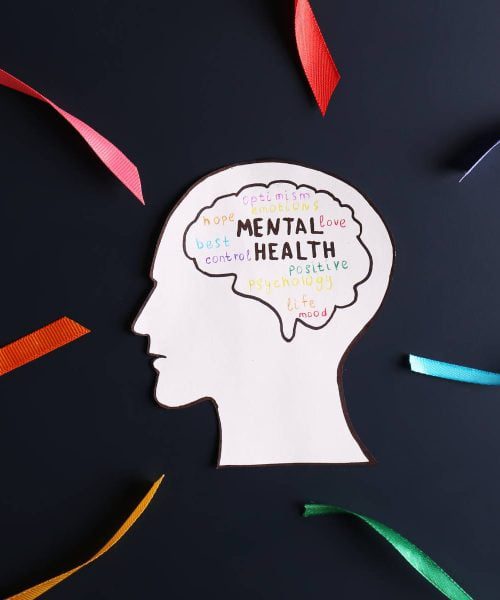Depression is a prevalent mood disorder that affects millions of people worldwide. It is important to recognize and understand the various types of depression in order to provide appropriate support and treatment for those experiencing this debilitating condition. In this comprehensive guide, we will delve into the different types of depression, their symptoms, and available treatment options to help individuals and their loved ones navigate the challenges associated with this disorder.
Major Depressive Disorder: A Profound Impact on Daily Life
Major Depressive Disorder (MDD), often referred to as clinical depression, is characterized by persistent feelings of sadness, hopelessness, and a loss of interest or pleasure in activities once enjoyed. Individuals with MDD experience significant disruptions in their daily functioning, including changes in sleep patterns, appetite, and energy levels. It is crucial to seek medical attention when symptoms of MDD are detected, as early intervention is key to managing this type of depression effectively.
Postpartum Depression: Navigating the Challenges of Motherhood
Postpartum Depression (PPD) is a form of depression that occurs after childbirth. Hormonal changes, sleep deprivation, and the emotional demands of motherhood can contribute to the development of PPD. Women experiencing PPD may feel overwhelmed, anxious, and have difficulty bonding with their newborn. It is essential for new mothers to receive proper support and medical care to address PPD and promote their well-being and the healthy development of their child.
Bipolar Disorder: The Roller Coaster of Extreme Mood Swings
Bipolar Disorder, previously known as manic depression, is characterized by alternating episodes of extreme highs (mania) and lows (depression). During manic episodes, individuals may exhibit elevated mood, increased energy levels, and impulsive behavior. Conversely, depressive episodes involve profound sadness, fatigue, and a loss of interest in previously enjoyed activities. Treatment for Bipolar Disorder often involves a combination of medication and psychotherapy to stabilize mood and manage symptoms effectively.
Seasonal Affective Disorder: Weather-Induced Changes in Mood
Seasonal Affective Disorder (SAD) is a type of depression that follows a seasonal pattern. It typically occurs during the winter months when daylight hours are shorter and exposure to natural sunlight is reduced. Individuals with SAD may experience fatigue, increased sleep, weight gain, and a general sense of sadness or apathy. Light therapy, counseling, and lifestyle adjustments, such as regular exercise and spending time outdoors, can be effective in managing SAD symptoms.
Substance Induced Mood Disorder: The Impact of Substance Abuse on Mental Health
Substance Induced Mood Disorder occurs as a result of substance abuse or withdrawal from substances such as alcohol, drugs, or certain medications. These substances can disrupt the brain’s chemistry, leading to symptoms of depression. Addressing the underlying substance abuse issue through rehabilitation, counseling, and support groups is essential for effectively managing this type of depression and promoting overall well-being.
Seeking Support and Treatment for Depression
It is crucial to remember that seeking professional help is essential when dealing with any type of depression. Mental health professionals, such as psychiatrists, psychologists, and therapists, can provide accurate diagnoses, develop personalized treatment plans, and offer support throughout the recovery process. Treatment options for depression may include psychotherapy, medication, lifestyle changes, and support from friends, family, and support groups.







